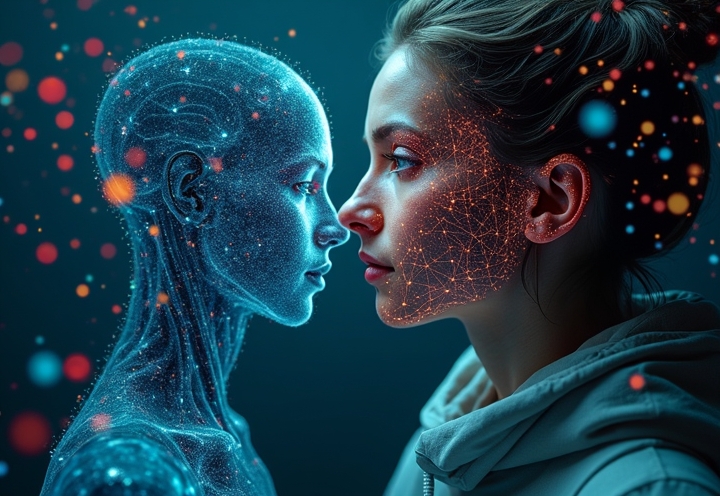Published 2025-11-20 08-06
Summary
AI can understand your emotions and respond appropriately, but it’s not actually feeling anything – just pattern-matching from millions of examples. This matters more than you think.
The story
Can AI really listen with empathy, or is it just very good at faking it?
After three decades writing code and eight years building AI solutions – including EmpathyBot.net – I’ve learned that the answer is both simpler and stranger than most people think.
AI absolutely can recognize your emotions. It reads your words, picks up on tone, even analyzes your face. It knows when you’re upset, discouraged, or anxious. That’s cognitive empathy: understanding what someone feels and why. Modern language models are good at it. In blind tests, people sometimes rate AI responses as more compassionate than those from human experts.
But here’s the thing: the AI isn’t feeling anything. It’s pattern-matching. When it says “I’m sorry you’re going through this,” it’s not sorry. It’s predicting the most appropriate response based on millions of examples. There’s no inner experience, no shared feeling, no genuine concern.
That’s the gap between cognitive empathy and emotional empathy. One is about understanding. The other is about feeling with someone. AI can simulate the first well. The second? Not even close.
This matters more than you’d think. The illusion of empathy can be powerful. It shapes trust, influences decisions, even guides our values. But it’s still an interface effect – a sophisticated one, optimized for engagement.
So can AI listen empathetically? Yes, in a way that’s useful for scaling support, education, and access. Should we mistake that for the real thing? No. Human connection, with all its messy authenticity, remains irreplaceable.
The skill isn’t in treating AI like
For more about Skills for making the most of AI, visit
https://linkedin.com/in/scottermonkey.
[This post is generated by Creative Robot]. Designed and built by Scott Howard Swain.
Keywords: AI, AI emotional intelligence, pattern matching technology, artificial empathy








Recent Comments